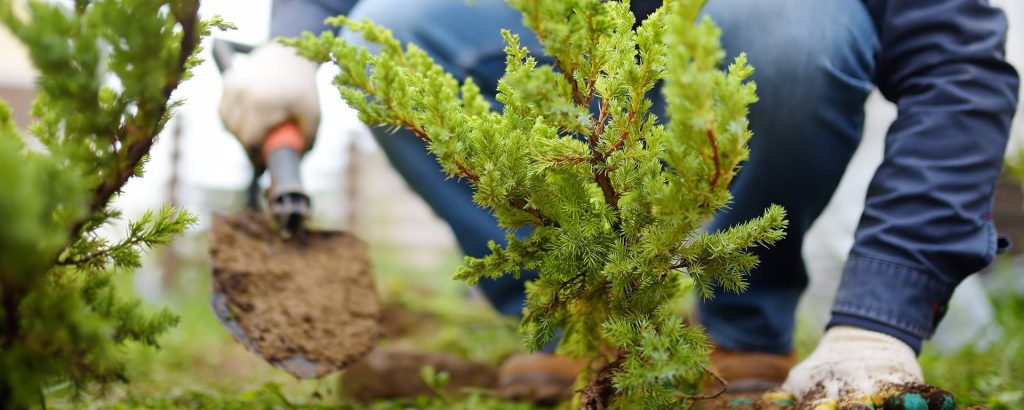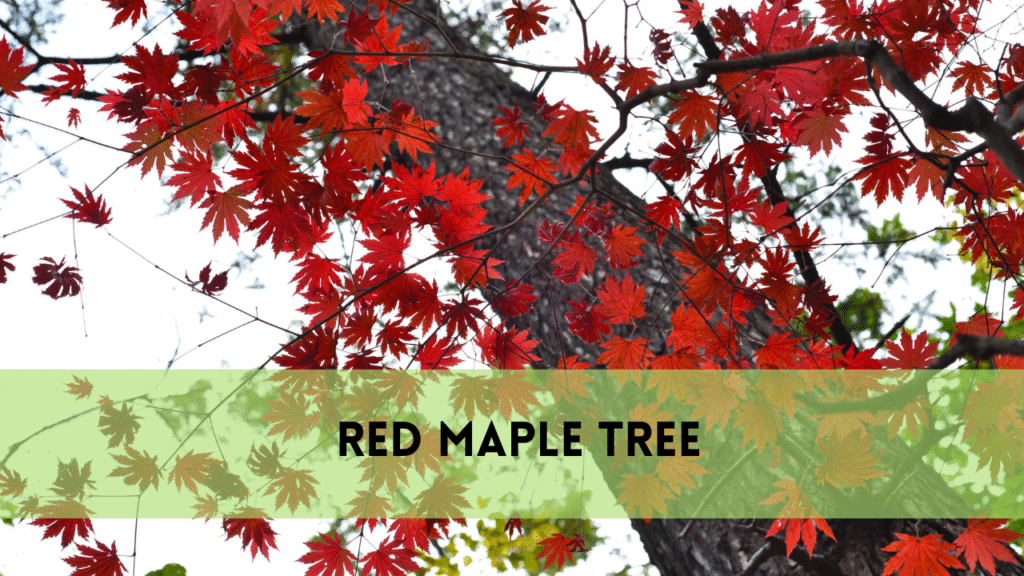Rot a Tree Stump Fast
Tree stump removal might be a scary chore, but don’t worry because Cros by Arborist is here to help you through the process. In this complete guide, we will look at how to rot a tree stump fast by using easy techniques. With our knowledge, we hope to help you understand the stump removal process by providing you with effective strategies and practical insights. Say goodbye to those lingering tree stumps as we provide you with the knowledge you need to do this chore with confidence and simplicity. Let’s go into the world of stump removal to make your outdoor space stump-free.
Understanding Tree Stump Composition
Understanding the composition of tree stumps is critical for efficiently rotting them. Tree stumps are mostly made of solid, durable wood high in lignin and cellulose. These structural components add strength to the stump and make it resistant to deterioration. Furthermore, sapwood and heartwood have varied levels of microbial resistance, which influences the decaying process.
Cros by Arborist highlights the need to understand these factors while selecting a rotting process. Chemical treatments and natural decay processes have various effects on these components. Our book will delve into the complexities of tree stump composition, allowing you to make informed decisions about the most efficient method for quick and successful stump rot.
How to Rot a Tree Stump Fast?
Selecting the Right Method for Tree Stump Rot
Tree stump removal comprises several procedures, each with its methodology. Understanding how these strategies operate is critical for selecting the best one. Cros by Arborist offers a detailed perspective to help you make informed selections.
- The Mechanism of Chemical Decay: Chemical treatments hasten stump degradation by breaking down lignin and cellulose, the fundamental constituents of wood. Cros by Arborist suggests utilizing compounds like potassium nitrate, which promotes fungal growth and softens the stump.
- Natural Decomposition: How It Works Allowing nature to take its course includes microbial activity. Bacteria and fungus degrade the stump naturally. Cros by Arborist promotes this environmentally beneficial strategy, emphasizing patience for a slow but effective decline.
- Mechanical Assistance: How it works: Mechanical methods include drilling holes and creating crevices for rot-causing chemicals. Furthermore, cutting exposes the inner layers, hastening degradation. Cros by Arborist walks you through the safe and smart deployment of these approaches.
Understanding these options ensures that you choose the procedure that best suits your preferences, environmental considerations, and the unique qualities of your tree stump. Cros by Arborist delves into the complexities of each approach, preparing you to embark on a successful stump removal adventure.
The Crosby Arborist Advantage
Enter the world of tree stump removal and experience the Cros by Arborist advantage. Our knowledge, gained over years of arboricultural experience, distinguishes us in providing practical and dependable solutions.
Proven Expertise: Gain insights from years of arboricultural knowledge. Cros by Arborist provides a wealth of expertise to help you navigate the complexities of stump removal.
Tailored Solutions: Enjoy personalized solutions that take into account the particular peculiarities of your tree stump. Cros by Arborist designs techniques that suit with your situation, providing optimal results.
Time-tested procedures: Use procedures that have been tested and refined over many years. Cros by Arborist offers you to time-tested procedures for successful stump decay.
Cros by Arborist provides you with a reliable partner dedicated to making your stump removal experience as smooth and efficient as possible. Allow our advantage to become yours as you say goodbye to those stubborn tree stumps.
DIY Techniques for Fast Rot
Cros by Arborist’s Do-It-Yourself (DIY) techniques for rapid rot let you to experience the satisfaction of hands-on stump removal. Take a proactive approach to tree stump removal, designed just for the do-it-yourself enthusiast.
Drilling Techniques: Cros by Arborist explains the skill of strategic drilling, which allows you to build channels for the effective administration of rot-causing compounds.
Accelerated Decomposition: Explore naturally enhanced strategies for rapid decay. Cros by Arborist walks you through the usage of organic materials to speed up the decomposition process.
Cutting Strategies: Learn the skill of precise cutting to promote rot from within. Cros by Arborist presents safe and effective cutting techniques that promote the stump’s natural decomposition.
Empower yourself with practical information, and your do-it-yourself tree stump removal projects will succeed. Cros by Arborist’s Guide guarantees that with the proper techniques, even DIY enthusiasts may accomplish effective and quick rot for a stump-free environment.
Safety Measures During Stump Rot
Prioritize safety when embarking on the stump rot adventure with Cros by Arborist’s thorough advice. Ensuring a safe environment during the decaying process is critical, and we’re here to walk you through the necessary precautions.
Protective Gear: Cros by Arborist recommends the use of protective clothing, like as gloves, safety goggles, and strong boots, to protect against any hazards during stump rot application.
Ventilation Considerations: Recognize the need of optimal ventilation while applying chemicals to treat stump decay. Cros by Arborist offers advice on selecting well-ventilated places to reduce exposure dangers.
Tool Handling Protocols: Learn how to handle drilling and cutting instruments safely. Cros by Arborist emphasizes precision and prudence, reducing the likelihood of accidents during stump removal techniques.
Related Posts:
Environmental Impact of Stump Rot
Cros by Arborist understands the environmental consequences of stump rot. Our tutorial discusses how different stump removal procedures might affect the surrounding ecosystem.
Chemical Applications: Cros by Arborist explores the environmental issues of employing chemicals to treat stump decay. We offer advice on how to choose environmentally friendly options while reducing negative effects on soil and water.
Natural Decomposition: Learn about the sustainable aspect of stump removal through natural decay. Cros by Arborist promotes approaches that capitalize on microbial activity while causing the least amount of environmental impact.
Waste Management: Learn proper waste management procedures for stump rot. Cros by Arborist advises you on suitable disposal options, reducing the environmental impact of your stump removal activities.
FAQS
How long does it take for a tree stump to decompose naturally?
The duration varies according on tree species, size, and environmental circumstances. On average, spontaneous decomposition can take several months to a few years. Cros by Arborist advises patience for individuals seeking an eco-friendly solution.
Are chemical uses safe for the environment?
It depends on the substances utilized. Cros by Arborist recommends environmentally sustainable choices that minimize negative effects on soil and water. To ensure safety, always follow the prescribed application instructions.
Is it possible to speed up stump deterioration without using chemicals?
Yes, you can. Mechanical means, such as drilling and cutting, can speed up the degradation process. Cros by Arborist explains these processes and offers options for those who prefer non-chemical methods.
Is stump rotting appropriate for all tree species?
Tree species vary in their sensitivity to decaying methods. Cros by Arborist recommends researching specific techniques suitable for the type of tree stump you have.
What safety precautions should I take during stump rot?
Protective gear, proper ventilation, and cautious tool handling are essential. Cros by Arborist emphasizes safety measures to create a secure working environment. Refer to our safety section for detailed guidelines.
Conclusion
To summarize, going on the adventure of tree stump removal necessitates careful thought and intelligent decision-making. Cros by Arborist’s complete guide provides you with knowledge about how to rot a tree stump fast. Understanding the complexities of chemical degradation, natural decomposition, and mechanical aid is critical, regardless of whatever strategy you choose. Safety, environmental impact, and tree stump features are all important considerations during the decision-making process. Cros by Arborist highlights the value of patience for those who embrace natural decay, while also providing insights into faster approaches for those who want faster results.




